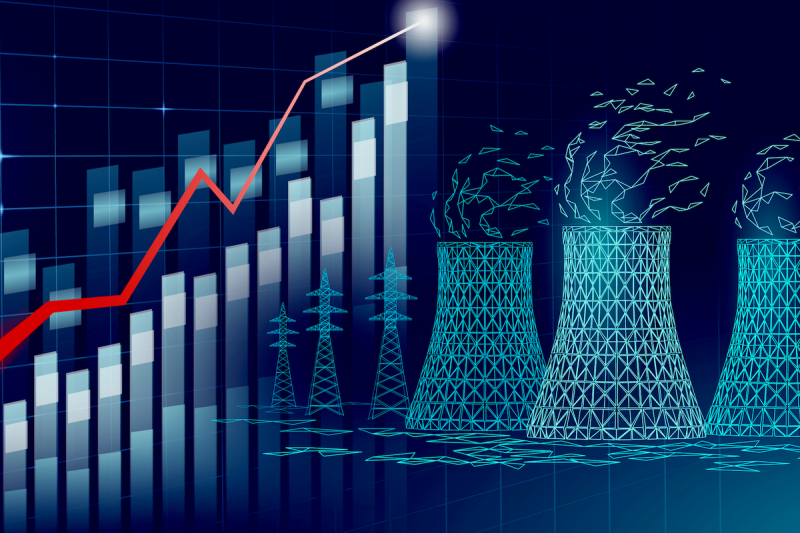The United States, envisioning its energy landscape of the future, have set forth a bold plan to effectively triple its nuclear power capacity by the year 2050. This initiative, spearheaded by policymakers and industry leaders, aims to significantly increase the contribution of nuclear energy to the nation’s electricity mix, with a focus on sustainability, reliability, and innovation.
One key aspect of this ambitious plan is the development and deployment of advanced nuclear technologies. These next-generation reactors, such as small modular reactors (SMRs) and advanced reactor designs, offer greater efficiency, enhanced safety features, and reduced environmental impact compared to traditional nuclear power plants. By investing in these cutting-edge technologies, the U.S. can usher in a new era of nuclear energy that is both versatile and resilient.
In addition to technological advancements, the expansion of the nuclear power sector requires strategic planning and collaboration among various stakeholders. This includes government agencies, regulatory bodies, utilities, research institutions, and the private sector. By fostering partnerships and cooperation, the U.S. can streamline the licensing process, attract investments, and accelerate the deployment of new nuclear projects.
Furthermore, the transition to a nuclear-centric energy system necessitates robust infrastructure development. This includes upgrading existing nuclear facilities, constructing new plants, and implementing grid modernization initiatives to support a larger share of nuclear power on the grid. By fortifying the infrastructure backbone of the nuclear sector, the U.S. can ensure reliable and resilient energy supply for future generations.
Alongside the expansion of nuclear power capacity, the U.S. is committed to enhancing nuclear safety and security standards. This involves investing in workforce training, implementing stringent regulatory oversight, and leveraging advanced technologies for risk mitigation. By prioritizing safety and security measures, the U.S. can instill public confidence in nuclear energy and dispel misconceptions surrounding its perceived risks.
Moreover, the journey towards tripling nuclear power capacity requires a robust policy framework that aligns with long-term energy goals and environmental objectives. By enacting supportive policies, such as tax incentives, research grants, and market mechanisms, the U.S. can incentivize private sector investments in nuclear energy and drive innovation across the sector. Additionally, policy coherence and stability are essential to provide a conducive environment for sustained growth in the nuclear power industry.
In conclusion, the U.S. is embarking on a transformative path towards expanding its nuclear power capacity threefold by 2050. Through a combination of advanced technologies, strategic collaborations, infrastructure enhancement, safety measures, and supportive policies, the nation aims to bolster its energy security, combat climate change, and pave the way for a sustainable future powered by clean and reliable nuclear energy. This bold initiative sets the stage for a paradigm shift in the U.S. energy landscape and underscores the pivotal role of nuclear power in driving the nation towards a brighter and more resilient future.

